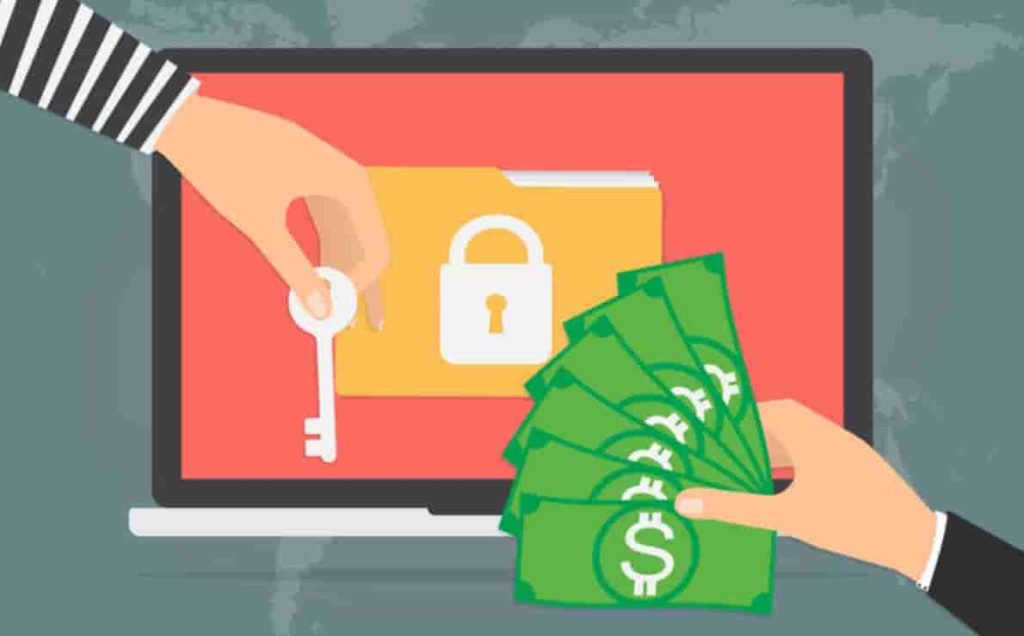Ransomware attacks are at the highest level nowadays and rising every day. There are many latest Ransomware threats such as WannaCry, Locky, VirLock, Havoc, Petya and many others that have shaken the IT industry into better implementing security measures into their systems and knowing the importance of cybersecurity. One question that comes up in everyone’s minds is “How to prevent such ransomware attacks?” The answer is simple, to have antivirus solutions installed, make sure all known vulnerabilities are patched and do not install apps from authors that are unknown!
Below I will elaborate more on how to add ransomware protection to your systems and explain the different types of ransomware out there in the wild.

Contents
The different breeds: Locker and Crypto-Ransomware
- Crypto Ransomware
Also known as CryptoLocker, was a different type of ransomware that appeared in the wild that encrypted the data of users that it infected. It creates a random symmetric key for each of the files that it encodes. It doesn’t just stop there, after that the symmetric key generated for the data is encrypted again with the asymmetric public key.
- Locker Ransomware
Locker is a type of ransomware that encrypts files and is mostly targeting all versions of Microsoft Windows. Once this ransomware is installed, it starts to scan the hard drive of the victim for files that have a specific extension, I.e. .rar or .zip and then starts to encrypt them with AES encryption. When it finishes encrypting all the valuable user data, it displays a screen saying that all of your data has been locked and you need to pay a certain amount of money to get your files unlocked. The payments are mostly made using Cryptocurrency such as Bitcoin.
How to stay safe from ransomware attacks and add extra protection – The best methods (Updated)
1) Make Secure Backups Regularly
First of all, you need to make sure that you backup all of your critical data and make sure that not all of your essential data is stored on your PC! Make sure you fragment your data into folders and separate highly sensitive and vital data.
It’s not just about making backups but also make multiple backups in different places. For example, you can have a backup on a flash drive, External Harddrive and have another backup in the cloud using backup services like Google Drive, Dropbox and Microsoft’s OneDrive.
To ensure your backups are 100% safe and secure, you should encrypt your data before uploading it either in the cloud or saving it locally on a hard drive. Data Encryption is very important because if you lose your hard drive or the cloud service itself gets compromised the hackers will not be able to get into your data. You can use favorite tools like BitLocker for Windows or other programs like TrueCrypt and VeraCrypt for encryption.
2) Keep everything updated to the latest version
Hackers are always on the hunt for vulnerabilities and bugs in the applications and operating systems that you are using today! They try to find the one which is most popular and try to find a flaw after that they make an exploit so that they can use that bug they found to cause damage or steal valuable information.
Keep everything updated with the latest security updates. Make sure your operating system is updated keep checking for updates occasionally.
3) Disable Macros
You need to turn off the macros in Microsoft Office (Only If you have it installed). This includes there different suites like Word and Excel. You should also turn it off, so it doesn’t work with office files that are downloaded from the web.
4) Be careful with your Email
Never open emails that you receive from unknown senders or open emails that were not meant to arrive. Never download attachments from emails that look suspicious or that give you a surprise. Do not click on links in spam emails!
5) Use a reliable Antivirus solution
There are many right antivirus solutions for Windows you can choose to install. The main features they need to have are real-time scanning and auto-updates.
You also need to make sure to keep your PC safe from harmful viruses as they tend to cause most of the infections and threats to your computer. You can also check the threat detection rate of all the antivirus programs on AV-Test’s security products overview page.
6) Stop from paying the ransom
I would highly advise you not to pay the money to get your files because most of the time you will not get the data back. This basically encourages the criminals to do more, please avoid doing this. There are free ransomware decryption and removal tools on the internet that you can download and use to get your files back at no cost at all. Avast has released a couple of free decryptor tools.
7) Make a Disaster Recovery Plan
Always have a disaster recovery plan in place. You never know when disaster can strike. No matter how trained your employees are there is always going to be a point of failure or weakness somewhere. This is why you need a plan in place for a Ransomware Attack. This should detail:
- The person is responsible for leading the plan.
- What actions will be taken to bring the systems back up and running?
- How this kind of disaster will be mitigated in the future.
More articles like this:
- How to add the latest Discord Bots to your Server
- How to Secure your Windows Server from Hackers and Ransomware
- How to Protect your Website from Hackers
- Linux Server Hardening Guide – Top Tips to Secure your Server from Hackers
Conclusion
Security is vital to every single part of your cyber presence be it a website, server, online business, personal computer, laptop, social media profile everything needs to be secure! This is why it is imperative for you to know how to stay safe from harmful ransomware attacks. We hope you enjoyed this helpful guide. Please comment below if you have any other tips for staying safe online from ransomware attacks.






